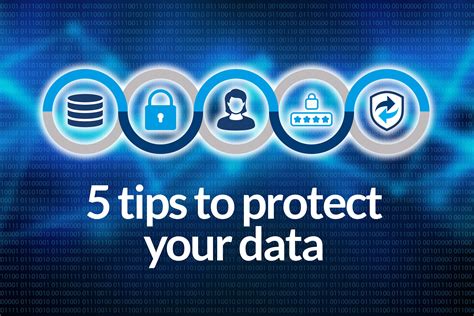How to Protect Your Digital Identity When Cashing Out
How to Protect Your Digital Identity When Withdrawing
In today’s digital age, protecting your personal and financial information is more important than ever. With the rise of online transactions and cryptocurrencies, it’s easier for hackers and scammers to target both individuals and businesses. However, you can protect your digital identity when you withdraw funds or make purchases online.
Understand Your Digital Identity
Before we dive into protecting your digital identity, let’s understand what it is:
- Digital Identity: This refers to the unique combination of information that makes up a person’s or business’s identity, including name, address, phone number, email address, and other relevant information.
- Password Security: A strong password is an important part of protecting your digital identity. Choose a password that is complex and difficult for others to guess.
Top Tips for Protecting Your Digital Identity
To protect your digital identity when withdrawing or making online purchases:
- Use strong passwords: Create a unique password with a mix of uppercase and lowercase letters, numbers, and special characters.
- Enable two-factor authentication (2FA)

: This adds an extra layer of security by requiring a second method of verification, such as a code sent to your phone or a biometric scan.
- Keep your software up to date: Regularly update your operating system, browser, and other software to ensure you have the latest security patches.
- Be careful with email attachments: Avoid opening suspicious email attachments as they may contain malware or phishing scams.
- Use a VPN (Virtual Private Network): A VPN encrypts your internet connection, making it harder for hackers to intercept your data.
- Use a secure wallet: Consider using a secure wallet, such as a hardware wallet or a cryptocurrency exchange account, with strong security measures.
- Monitor your accounts regularly: Regularly check your bank and credit card statements for suspicious activity.
Common Phishing Scams
Phishing scams are a common online scam that can compromise your digital identity. Some examples include:
- Phishing emails: These emails often appear to come from legitimate sources, but they may contain malicious links or attachments.
- Social engineering: This involves tricking people into revealing sensitive information, such as passwords or financial information.
Protecting Your Digital Identity with Cryptocurrencies
Cryptocurrencies like Bitcoin and Ethereum offer a new level of security when it comes to protecting your digital identity. Here are some tips for using cryptocurrencies safely:
- Use strong passwords: Use strong passwords for cryptocurrency wallets just like you would for regular online transactions.
- Enable two-factor authentication (2FA): This adds an extra layer of security by requiring a second method of verification, such as a code sent to your phone or a biometric scan.
Conclusion
Protecting your digital identity is crucial when you’re withdrawing money or making purchases online. By following these top tips and staying vigilant, you can significantly reduce the risk of compromise. Remember, protecting your digital identity is an ongoing process, and it’s important to stay up-to-date on the latest threats and best practices.
